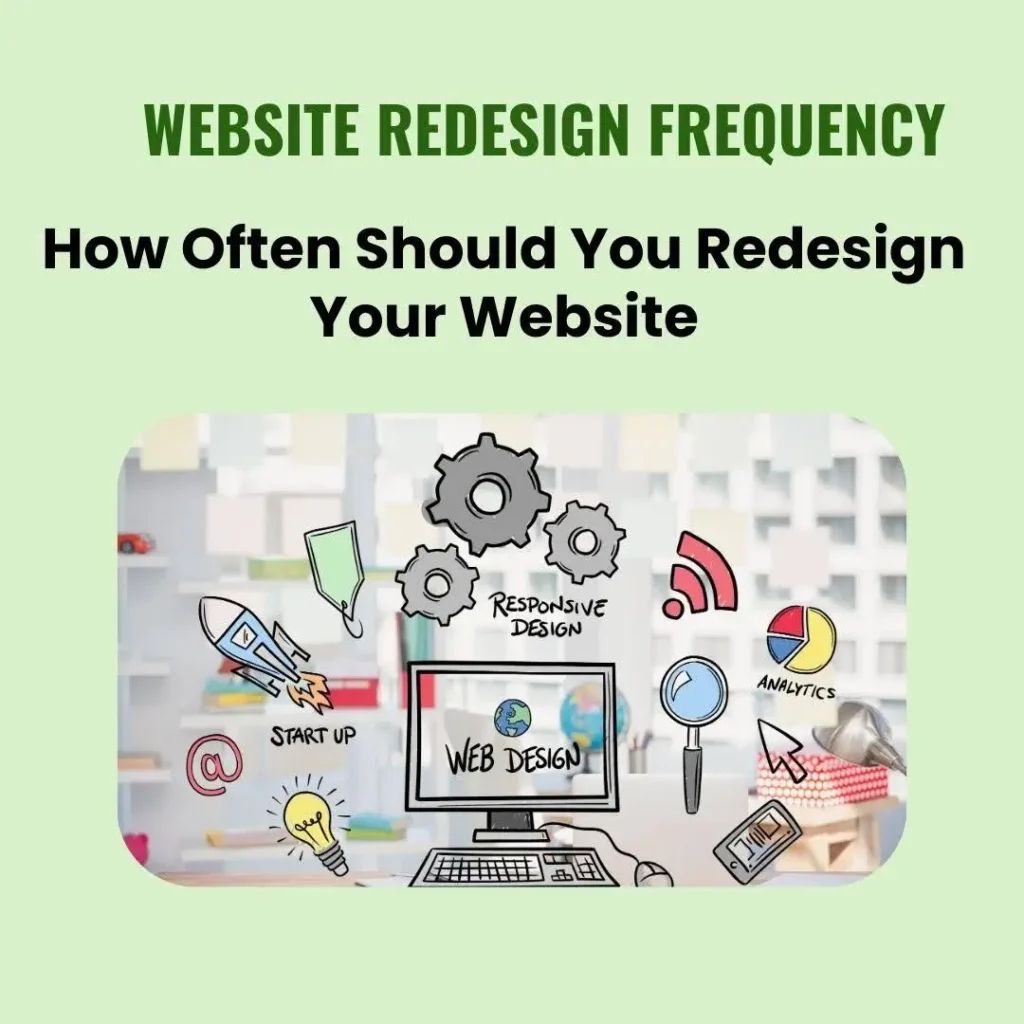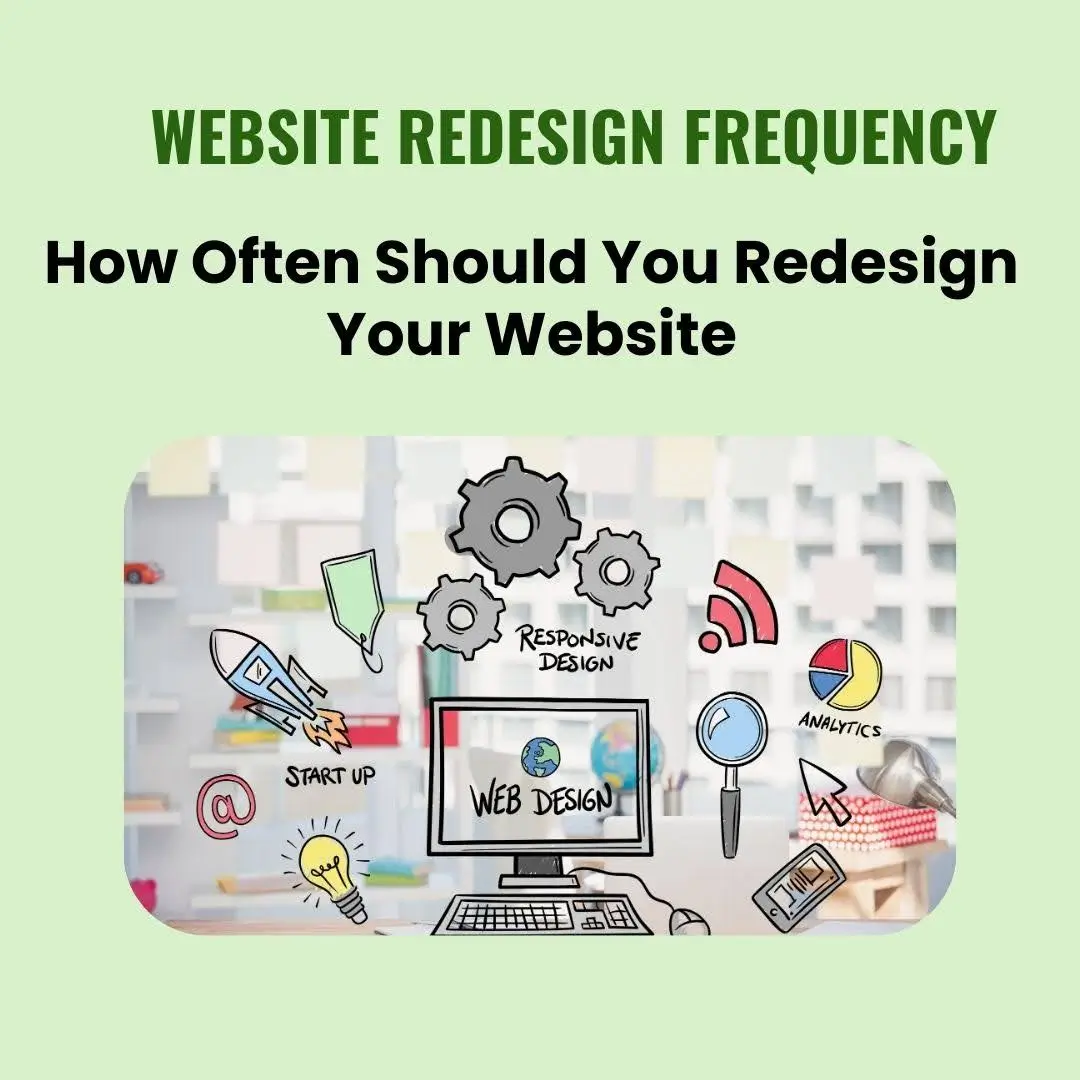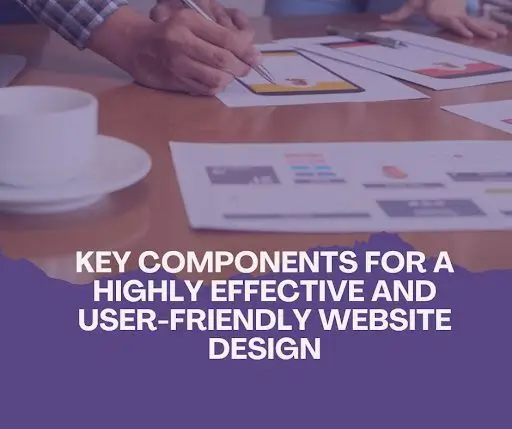The digital world is constantly evolving, making website redesign critical for businesses to maintain competitiveness. This article, brought to you by Web Deve, delves into the crucial factors of website usability, functionality, content, and search engine optimization (SEO), highlighting their impact on the necessity and timing of website redesigns. Web Deve London emphasizes how shifting trends in user experience can trigger a revamp. Often, a stale site becomes an Achilles’ heel for a dynamic company; agility in adapting is critical. Additionally, evolutions in SEO algorithms and mobile technology can render a once cutting-edge site obsolete, necessitating a timely overhaul.
Understanding the Need for Website Redesign
Website redesign is essential for enhancing user experience and search engine rankings. A well-designed website attracts more traffic and meets Google’s criteria for relevant content and superior user experience, thus affecting the site’s overall performance. Redesigning a website can also breathe new life into a brand, giving it a fresh, modern vibe. It’s a chance to reevaluate content strategy, ensuring alignment with the ever-evolving digital landscape. Revamping a website goes beyond aesthetics; it’s a strategic move to align with dynamic user expectations and stay ahead in the digital race. A sleek design overhaul captivates visitors and catapults the site into Google’s algorithmic spotlight. It’s a nuanced dance of form and function, where each pixel matters in the intricate choreography of online visibility.
Key Factors Influencing Redesign Frequency

Various factors influence the frequency of website redesign:
Changes in Business Goals or Branding
Brand morphs, product shifts, and service revamps often trigger a visual refresh. Aligning with market whims, companies might rethink their foundational ethos. Sometimes, this leads to a radical makeover; other times, just minor nips and tucks in design. Fresh slogans, revamped logos, or new color palettes can echo a brand’s fresh direction.
Technological Advancements and Web Standards
Staying abreast of technological changes and current web design trends is crucial for maintaining a competitive and relevant online presence. Rapid advancements in web technologies necessitate a fresh look, ensuring compatibility with new devices and browsers. Implementing responsive design or adopting new coding standards could significantly enhance user experience. A stale website might need to engage modern users, who expect cutting-edge, interactive elements.
User Feedback and Usability Issues
Analyzing user feedback and website analytics reveals critical pain points requiring attention in a redesign. Direct customer feedback often highlights overlooked aspects of design or functionality. It’s vital to address these to improve overall user experience. Incorporating A/B testing during redesign can lead to more informed decisions. Adjustments based on user behavior can significantly increase engagement and satisfaction.
Performance Metrics and Analytics Insights
Evaluating performance metrics post-redesign helps in measuring success and identifying areas for improvement. It’s essential to set clear, measurable goals before initiating a redesign. This enables a better analysis of its impact. Regular monitoring of key performance indicators can lead to ongoing improvements. This ensures the website continues to meet business objectives and user needs.
Competitive Landscape and Industry Trends
Keeping up with competitor strategies and emerging trends in web design ensures staying relevant in a dynamic digital landscape. Understanding how competitors are innovating can provide valuable insights. It can help in identifying gaps in one’s online strategy. Adopting new, trending design elements could enhance appeal and user engagement. However, it’s crucial to maintain a unique identity amidst these changes.
The Typical Lifespan of a Website Design
On average, a website design lasts between 2 to 5 years. Factors affecting its longevity include regular updates, adherence to evolving design trends, and the skill of the designer or developer involved. Typically, innovative features and user preferences shift swiftly, nudging sites toward redesigns sooner. Astute businesses often refresh their online presence to stay competitive, leveraging modern aesthetics and functionality.
In the constantly changing digital landscape, a website’s relevance relies on its ability to adapt to new design trends. As trends evolve, businesses grapple with the ongoing task of understanding how to maintain an effective online presence. Recognizing the fast-paced nature of this environment, WebDeve development service providers specialize in crafting websites that not only reflect contemporary design but also prioritize seamless functionality. Their expertise ensures that websites remain up-to-date and user-friendly, navigating the dynamic currents of the digital world.
Indicators That Your Website Requires a Redesign

Critical indicators for a website redesign include high bounce rates, lack of mobile responsiveness, cluttered web pages, poor SEO rankings, outdated design elements, specific underperforming pages, and misaligned content with marketing strategies. Recognizing these indicators often marks the moment for a web revamp. A savvy approach also considers emerging tech trends, ensuring the site stays ahead of the curve.
In the digital realm’s constant evolution, a website’s metamorphosis is not just a response to indicators but an anticipatory dance with user expectations. It’s deciphering the cryptic signals of data analytics, a fusion of aesthetic foresight and algorithmic finesse, orchestrating a symphony where user engagement harmonizes with the pulsating cadence of technological innovation.
Planning Your Website Redesign
Planning a website redesign involves thoroughly analyzing the current site’s usability, content, SEO, and conversion rates. Working with skilled web designers is crucial to ensure a successful overhaul. When embarking on a website redesign, diving deep into the existing digital terrain is essential. Engaging with savvy web architects can pivot the site’s trajectory, infusing it with cutting-edge aesthetics and heightened user engagement.
Navigating the labyrinth of user experience intricacies demands a meticulous dance between data alchemy and design magic. Collaborating with virtuoso web artisans unleashes the potential for a transformative online odyssey where each pixel resonates with the symphony of user delight. Embrace the enigma, and let the redesign metamorphose into a digital tapestry woven with threads of innovation and cognitive resonance. Explore the future of website development as you plan your redesign journey. The future of Website Development delves into emerging trends and insights that can shape the trajectory of your online presence. Collaborate with skilled web architects to ensure not just a redesign, but a transformative digital evolution
Balancing Redesign Frequency with Consistency

Maintaining a balance between frequent redesigns and brand consistency is vital. This balance can be achieved through user-centric design, strategic planning, and a quality redesign plan followed by rigorous testing and feedback. Innovative design approaches empower brands to evolve without losing their essence. Creative collaboration, merging diverse ideas and perspectives, leads to groundbreaking designs.
Navigating the design realm demands a fluid dance of adaptation, where dynamic user insights choreograph the steps. Each redesign breathes life into a brand, a pulsating rhythm of innovation echoing the essence. In this symphony of creativity, the harmony lies in embracing the unpredictable cadence of user preferences.
Post-Redesign: Evaluation and Feedback
After a website redesign, it’s important to track metrics and gather user feedback to assess the effectiveness of the redesign. Analyzing this data helps identify improvement areas and guide future updates. Post-redesign, scrutinizing metrics like bounce rate, session duration, and conversion rates is vital. Eliciting user opinions through surveys or focus groups adds another layer of insight, enriching the data pool.
In the labyrinth of post-redesign analytics, decoding the user experience becomes an intricate dance between quantitative metrics and the elusive nuances of qualitative feedback. As bounce rates fluctuate and session durations weave a narrative, the symphony of user opinions, gathered through enigmatic surveys and dynamic focus groups, unveils hidden dimensions, challenging the conventional boundaries of improvement assessment.
Conclusion
Website redesign is a pivotal facet for businesses navigating the dynamic digital realm. Influenced by an amalgamation of user-centricity, tech evolution, feedback loops, metrics, and industry dynamics, it propels enhanced user engagement, brand resonance, and SEO prowess. The lifespan hovers between 2 to 5 years, demanding adaptability to emerging trends for sustained relevance. Identifying redesign cues necessitates astute planning and collaboration with adept designers. Striking the equilibrium between frequency and brand coherence mandates a fusion of user-centric design and strategic foresight. Post-redesign, evaluation, and feedback become compasses guiding future updates in this transformative odyssey where user expectations and tech innovation coalesce for an online presence echoing triumph.







